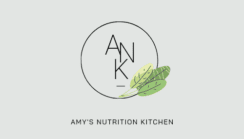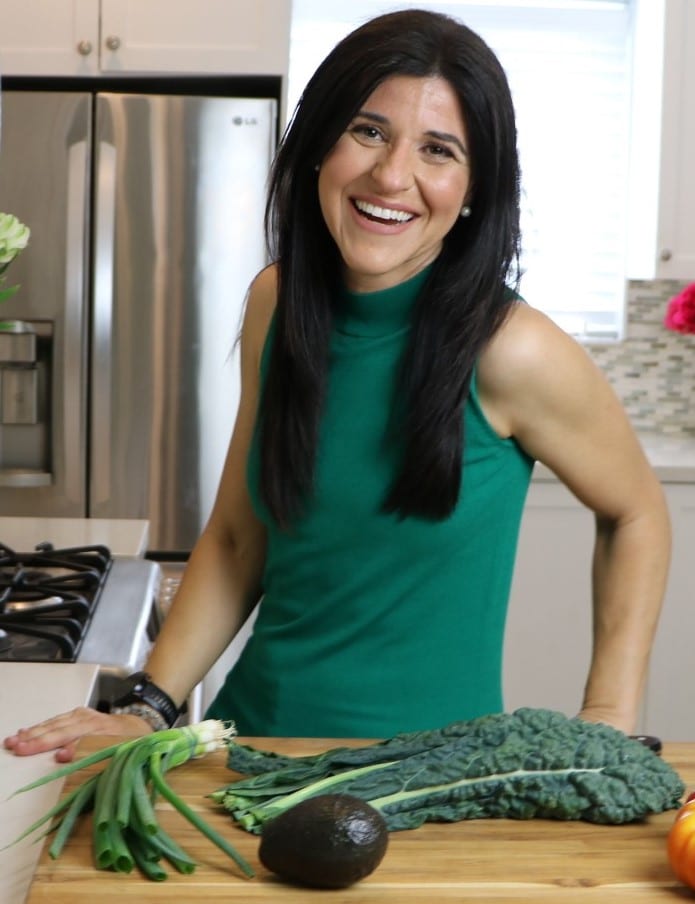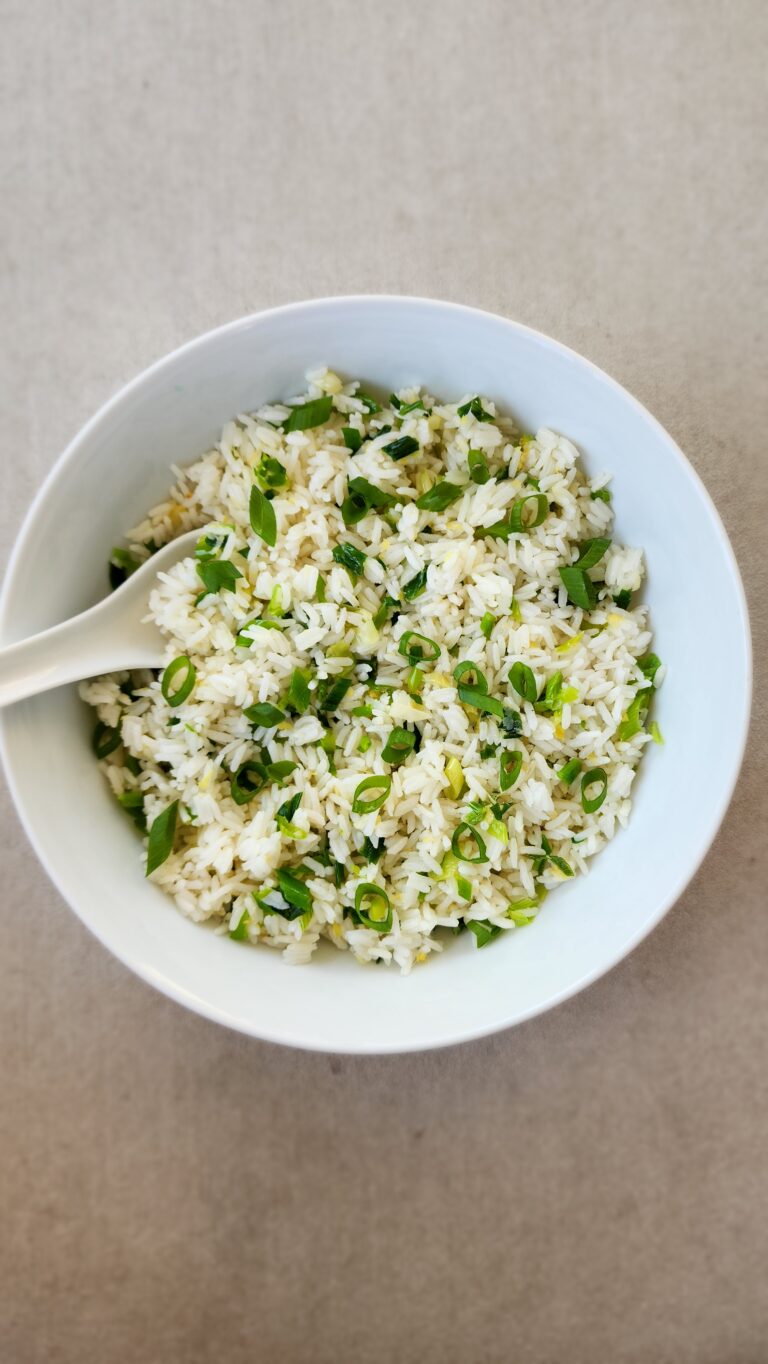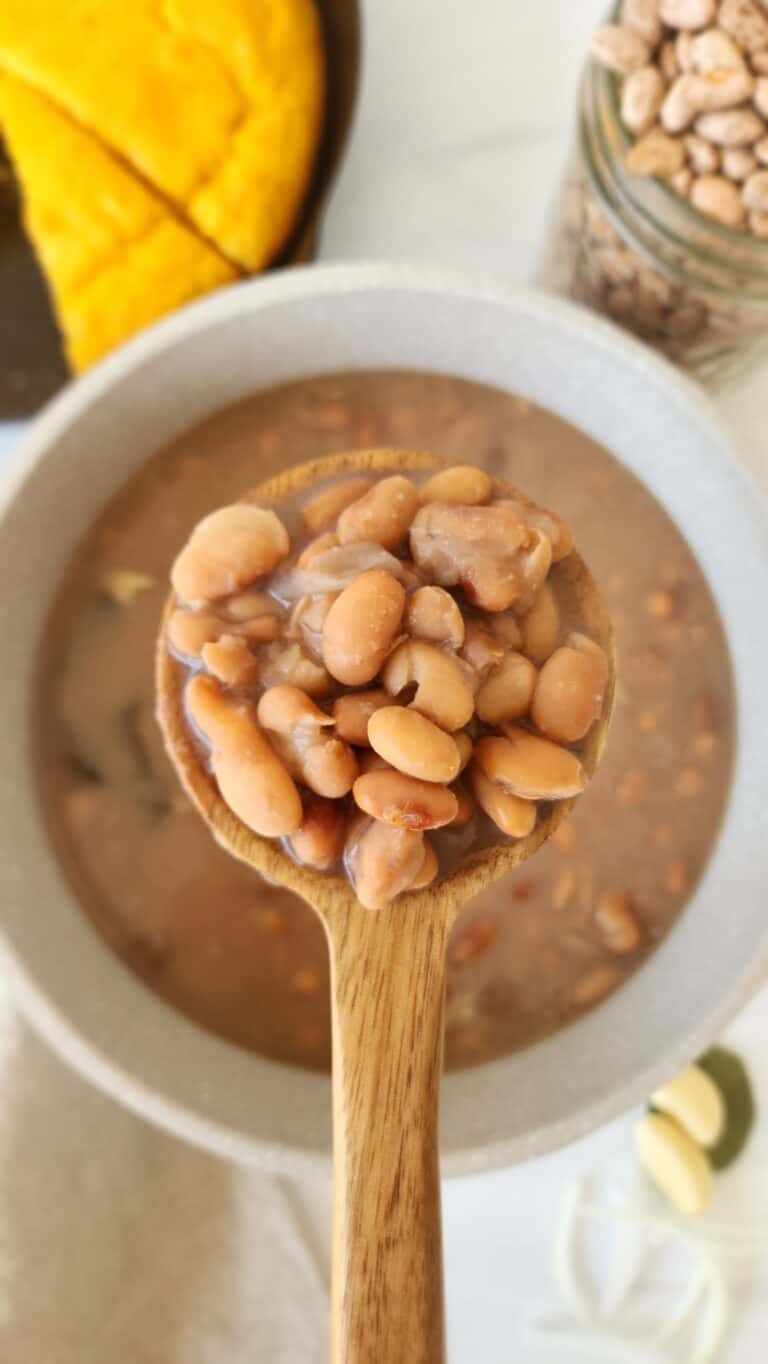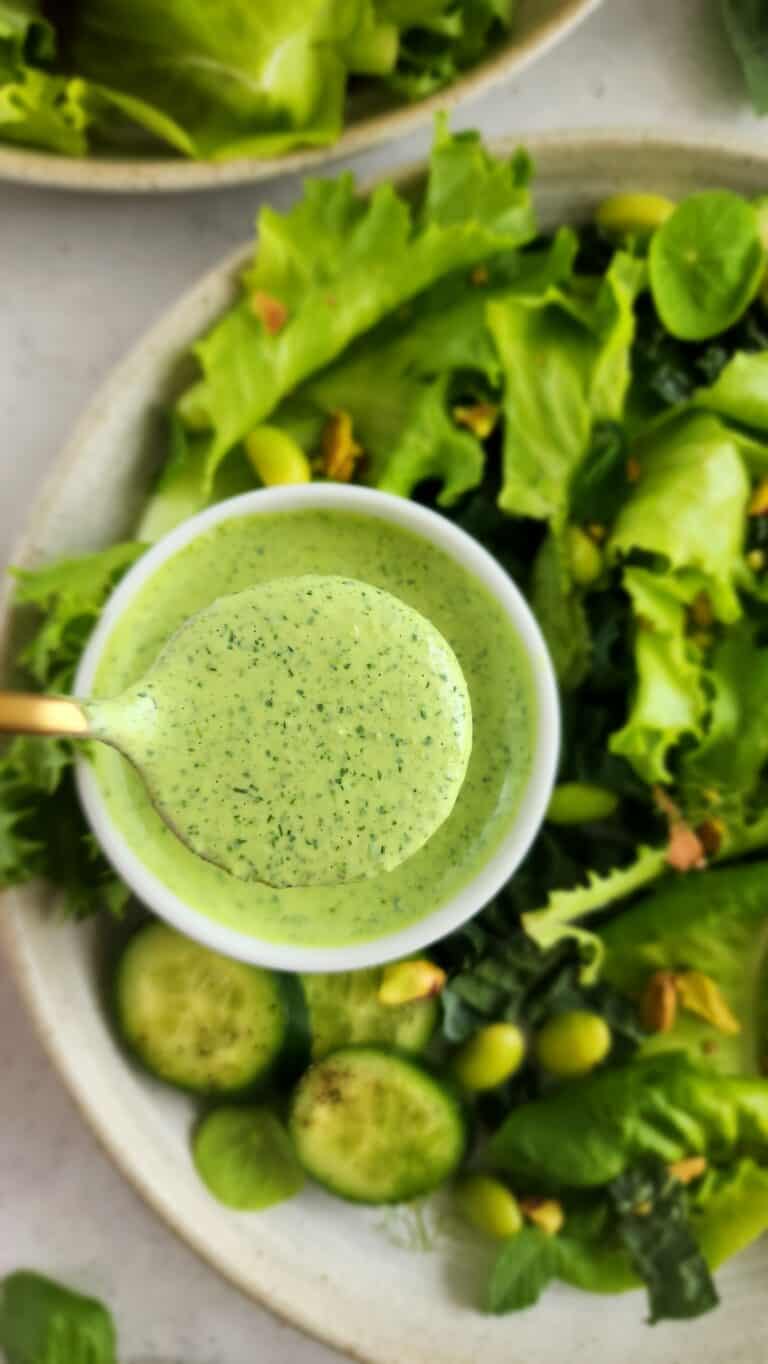National Nutrition Month® is a nutrition education and information campaign created annually in March by the Academy of Nutrition and Dietetics. The idea is to focus on the importance of not only making informed food choices but also developing sound eating and physical activity habits. “Fuel for the Future” is the theme this year. Eating with sustainability in mind is a tasty way to nourish ourselves during every phase of life and protect the environment.
Last year’s theme was Celebrate a World of Flavors and the year before that was Personalize Your Plate. March is designated as a time to draw more awareness to the importance of nutrition, however, I’m always teaching about nutrition. A patient last week said I was passionate. If people can feel better by making small changes, why not give it a try? Even though ‘sustainable’ is referring to the environment, think of it as a double meaning. Weekly there’s a different theme. Challenge yourself to see what changes you can make that are not only sustainable long-term but also that help the environment.
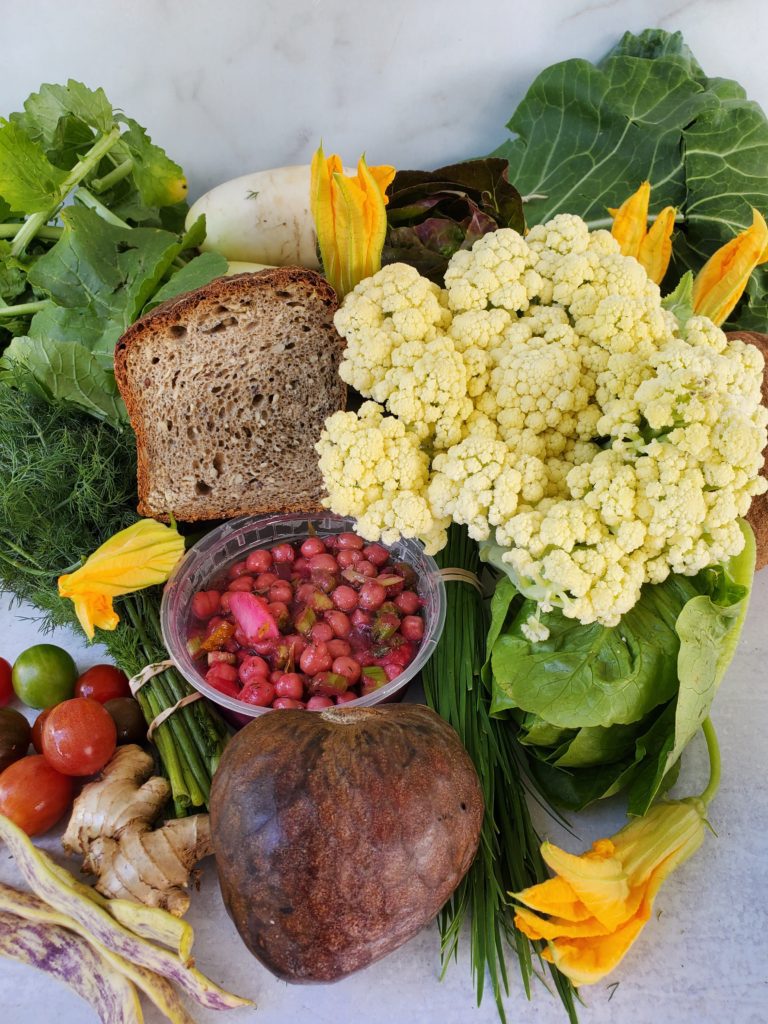
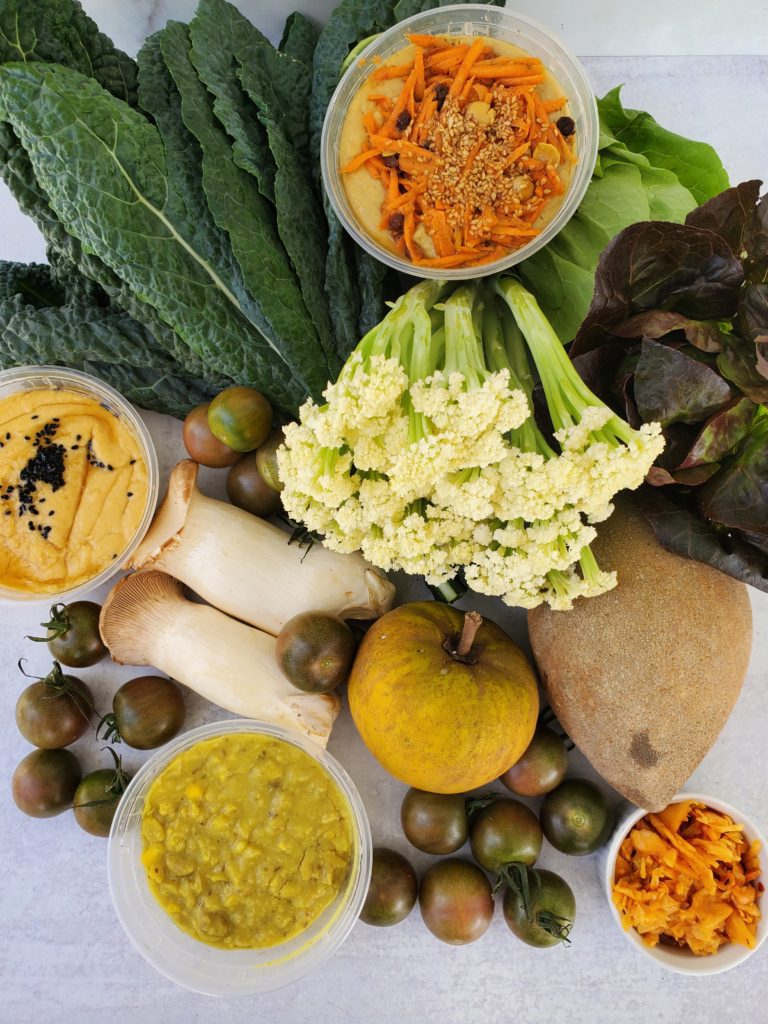
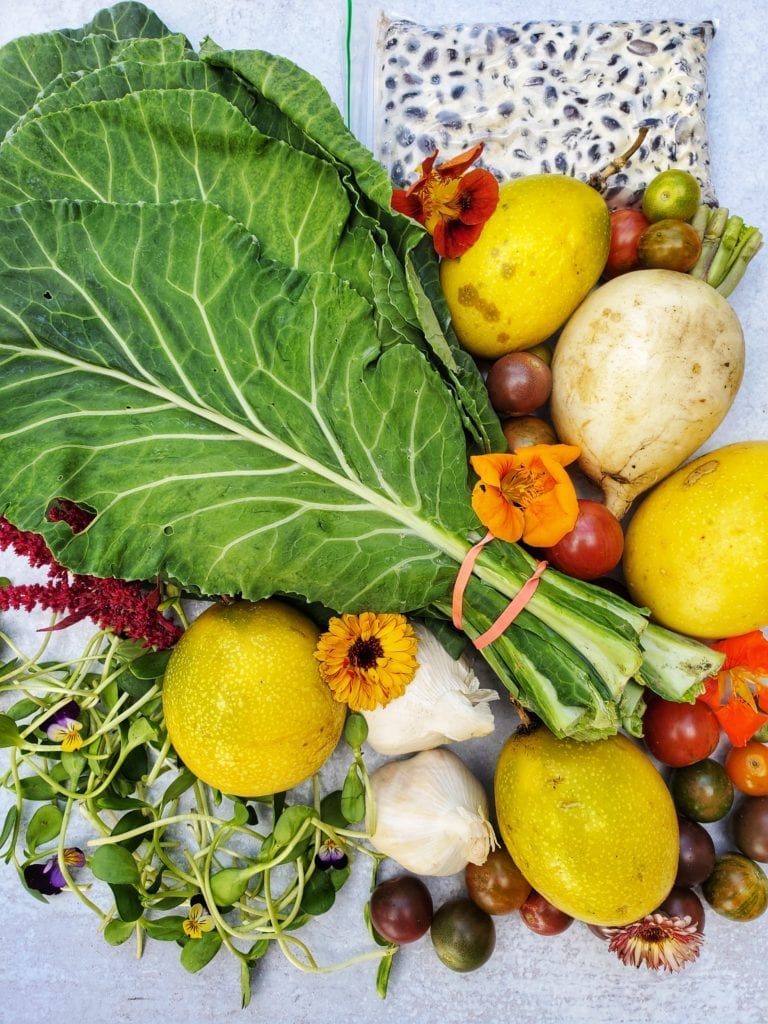
Week 1: Eat with the environment in mind.
- Enjoy more plant-based meals and snacks. Include more plants. Vegetables are an after thought, however, find ways vegetables taste better and you’ll want to include them more! Having a ‘not so great experience’ leads us to omitting the vegetables, when really they should be the star of the show! Check out my recipes for a little inspo!
- Purchase foods with minimal packaging. I purchased a few bags to take with me and use in the produce area. The irony is that my grocery store now lets you self check-out. Easier for me to not use any bags since I weigh the fruit and veggies. Not to mention that I handle my food with much more care. While packaging can be a challenge, aim to see where else you can make an impact. Buy a larger yogurt versus smaller containers. All the small changes add up!
- Buy foods in season and shop locally when possible. This past year I joined a CSA. While I’ve always wanted to support a local farmer it was only this past year I finally was able to. The lettuce he grows is like none other and I might never be able to eat store bought lettuce again. Keep in mind I’m not able to buy everything at the farmer’s market, however, aiming to support where I can. Definitely can’t grow all my own food or else I’d starve!
- Start a container or backyard garden to grow food at home. On that note, while I’m not successful in growing all my own fruits and veggies, I have been successful with my herbs. There’s nothing better than grabbing a few fresh basil leaves to add to your soup straight from the garden!



Week 2: See a Registered Dietitian Nutritionist (RDN).
- Ask your doctor for a referral to an RDN. Recently started working with the cardiology group at work. 38 doctors, 1 dietitian. Important connection to diet and disease that needs to be highlighted. Doctors don’t have enough time to spend teaching and focusing on all that dietitians do. Ask for a referral as many insurance companies are now allowing visits to see a dietitian.
- Find an RDN who specializes in your unique needs. Similar to doctors, dietitian specialize in different areas. Specifically my focus has been on diabetes over the last 10 years. However, stepping into the cardiology field and beginning to bridge the gap to help in a prevention setting. Exciting time to be helping people to feel well.
- Receive personalized nutrition information to meet your health goals. What works for your family member or neighbor might not be what works for you. Registered dietitian nutritionists’ jobs are to help people find what works for them over the long-term. Sustainable changes a person can make in order to help improve their health!

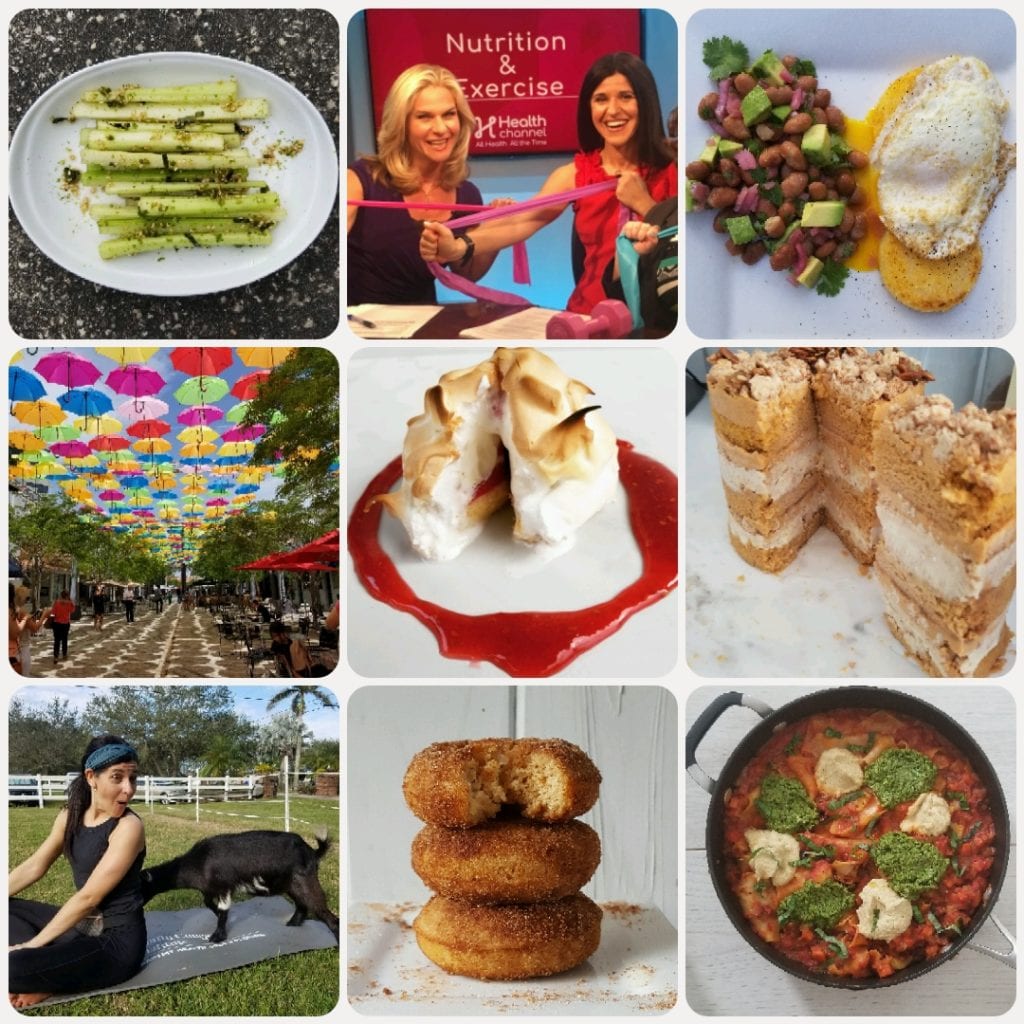
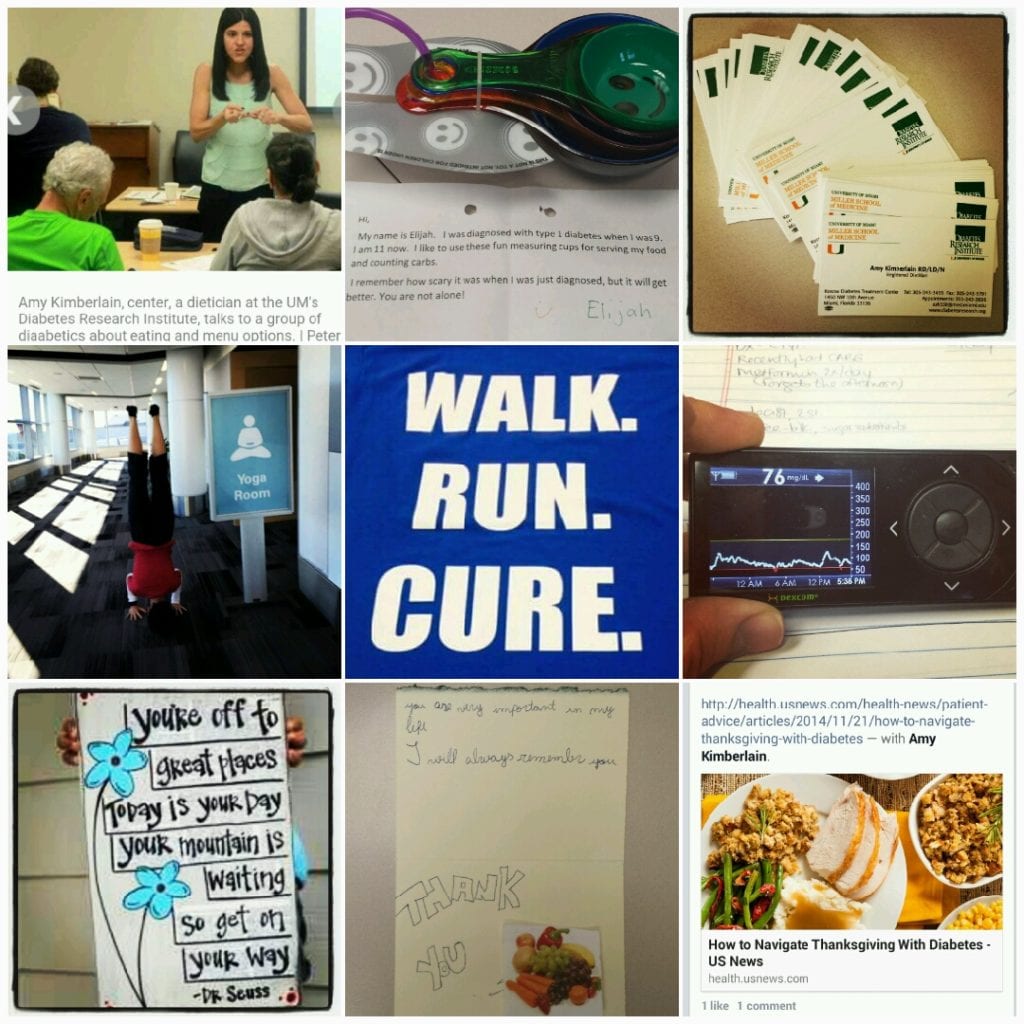
Week 3: Stay nourished and save money.
- Plan your meals and snacks. If you don’t know what you’re eating for the week odds are you’re grabbing something on the go. Yes, planning takes time, however, in the long-run it helps your health. Dinner doesn’t have to be difficult. Keep it simple for your busier weeks. Include a dinner out since not everyone is making every meal homemade. However, if all the meals are eaten out, create awareness and aim to include a quick meal at home!
- See what food you have at home before purchasing more. How many times have you bought something only to go home and find you already had said item? Create a list of items you need and have on hand. Another suggestion is to keep that list on your refrigerator (or phone app) and write down what you run out of when you run out. Simple yet super helpful tip to avoid buying double.
- Use a grocery list and shop sales when purchasing food. Ever write a grocery list only to leave it at home? We’ve all done it, however, the list helps plan my meals for the week. Planning is that important component that helps save money. Where food costs have increased, shopping at different stores can be helpful. My running list has the items I need to pick up from the different stores. Find what works for you so you know what you already have.
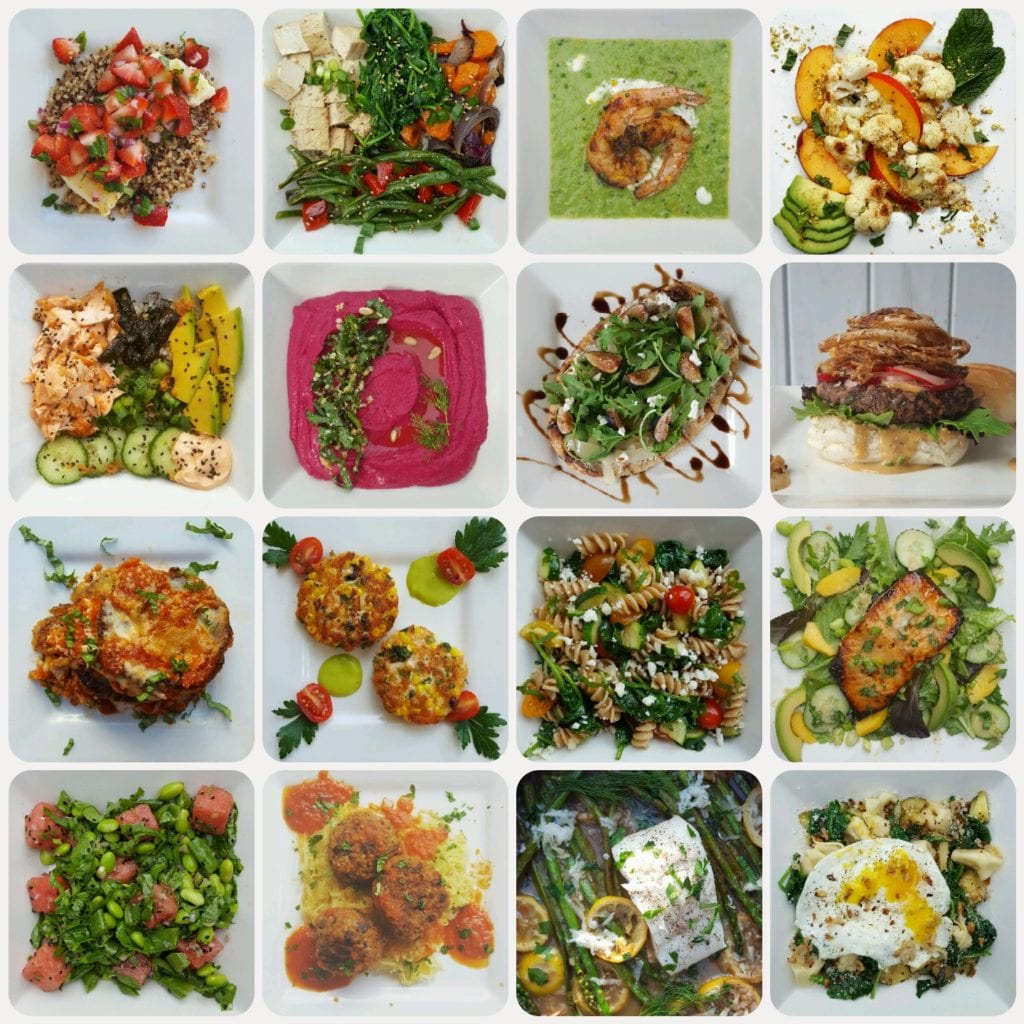
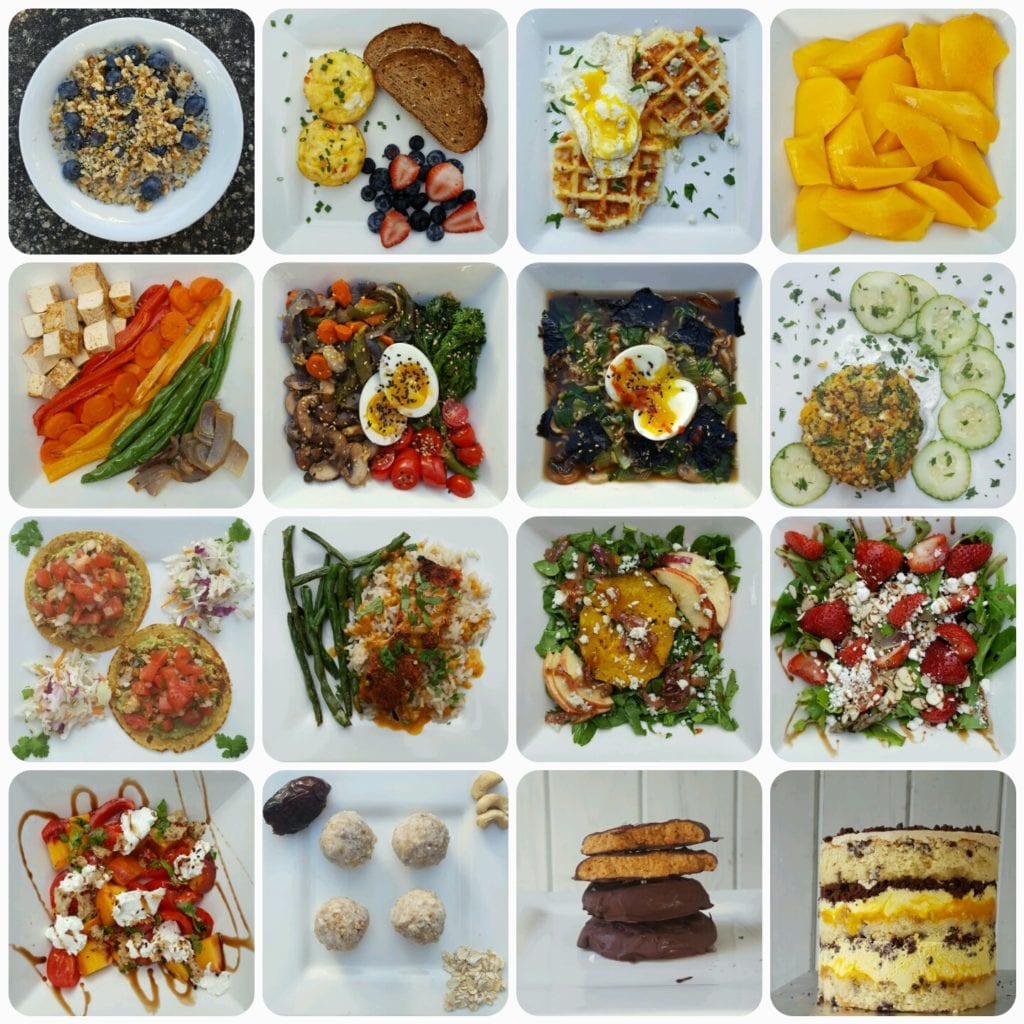
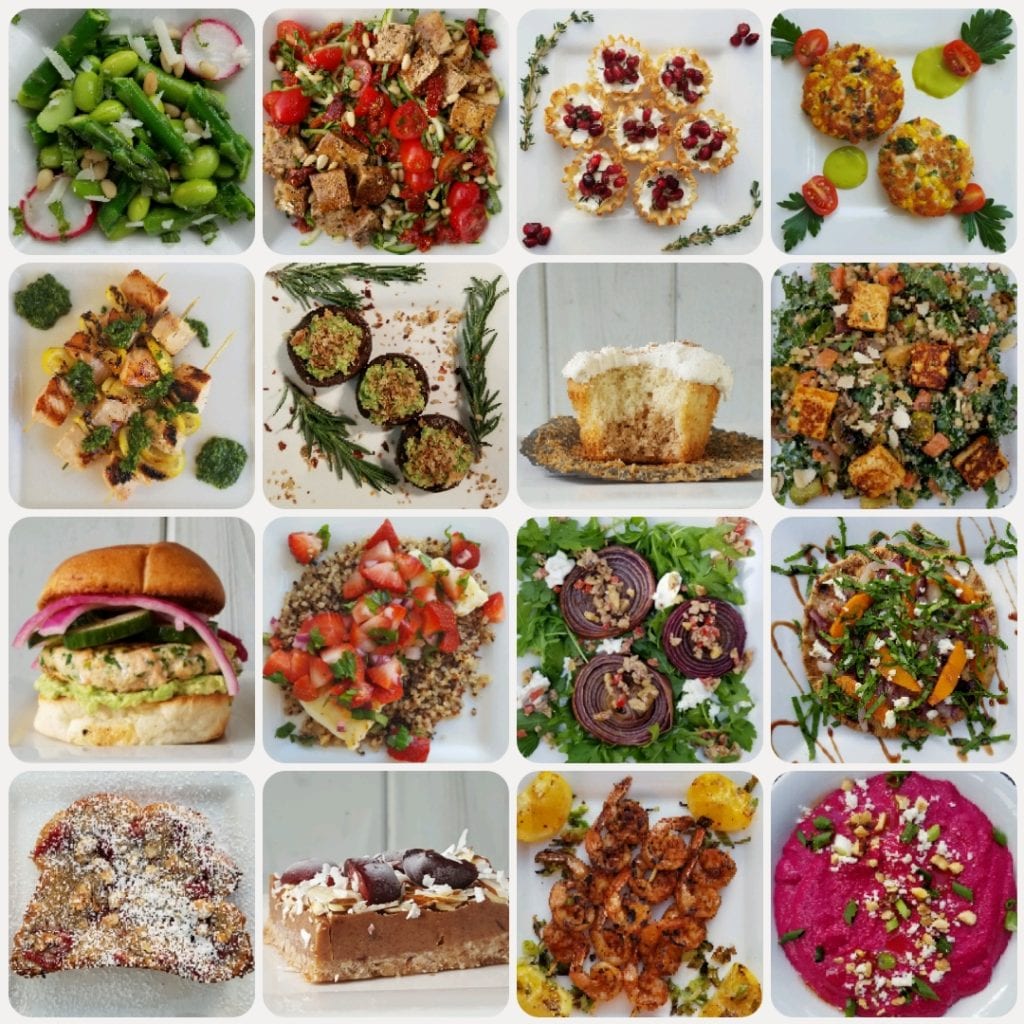
Week 4: Eat a variety of foods from all food groups.
- Include your favorite cultural foods and traditions. Early in the pandemic and something that I continue to do is trying different cultural foods. Eating provides a way to gain insight into customs and traditions, not to mention makes for a great tasting meal!
- Eat foods in various forms including fresh, frozen, canned and dried. With food costs as expensive as they are, using frozen foods can be a helpful tool. Throw frozen spinach into a soup or roast frozen broccoli. Frozen vegetables are a great way to include more vegetables in a cost-effective manner.
- Avoid fad diets that promote unnecessary restrictions. Fad diets are popular for a short amount of time. Your goal is to aim and find an eating pattern that is sustainable long-term fuel. Quick fixes are what we see in yo-yo dieting and can actually be harder to lose weight. Create healthy habits and focus less on weight but more so on improving our numbers (blood pressure, cholesterol, and blood sugar, in order for our health to improve.
- Practice gratitude for your body by giving it the fuel it needs. Many patients this past month have been ‘skipping’ meals not only because they’re too busy working but also skip ‘to lose weight’. Focus on fueling yourself so you’ll begin to see how the amount of energy you have. Equally important are other areas like sleep, stress management, and exercise, however, start first with food.
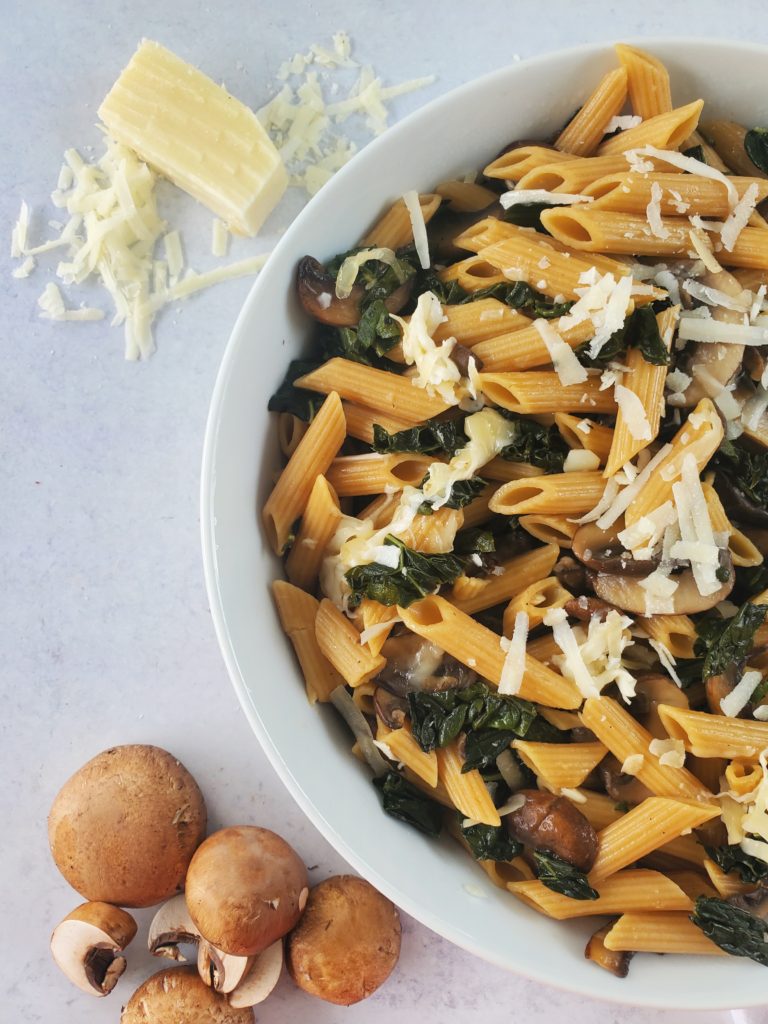
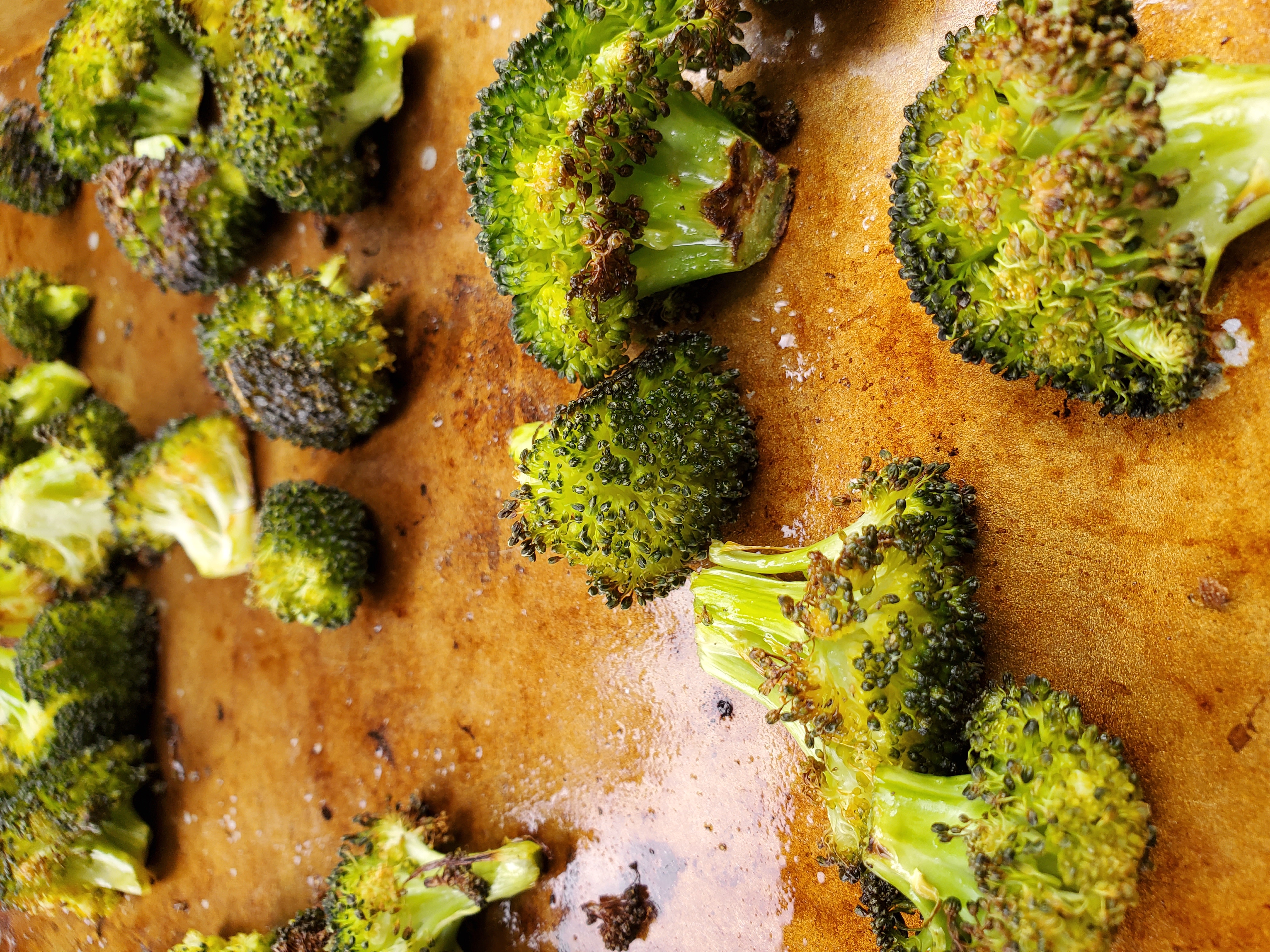
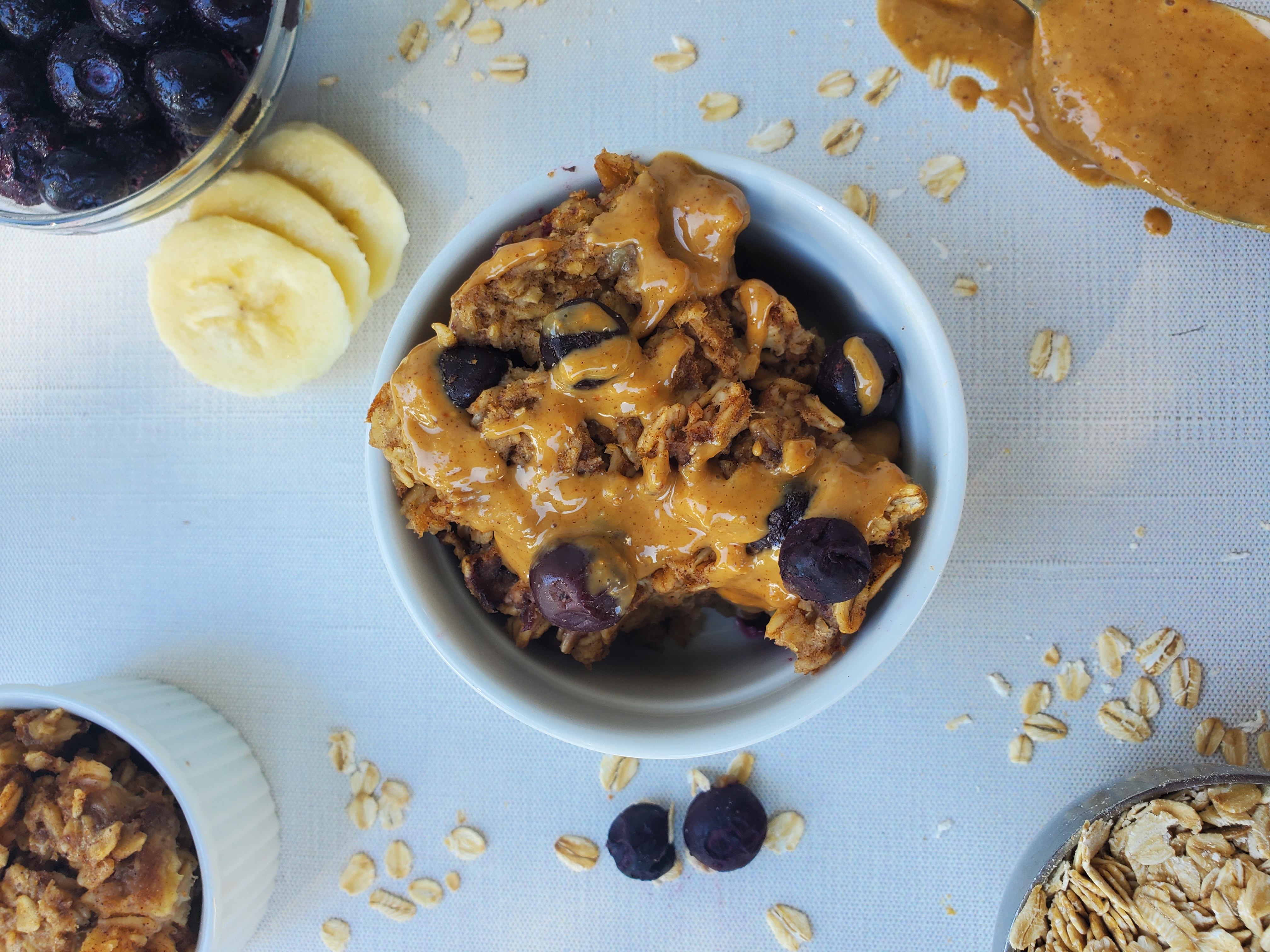
Week 5: Make Tasty Foods At Home
- Learn cooking and meal preparation skills. Last wee there was a webinar featuring the chef at Publix Apron’s Cooking School. Learning new tips and tricks make cooking in the kitchen a little more enjoyable. One tip shared was to soak onion in cold water to take the astringency out. Skills in the kitchen can take time and patience to learn. Whether you love it or hate cooking, nonetheless find shortcuts to have less stress at meal time. Healthy food doesn’t need to be difficult.
- Try new flavors and foods from around the world. Travel the world through the food you create. There’s no better way to learn about culture than through different cuisines. Even if you’re not cooking, include a new restaurant and try new foods that you might not normally make at home!
- Find creative ways to use leftovers rather than tossing them. My go-to recently is taking all the vegetables at the end of the week and throwing them together to make a soup. In addition to wasting less food you’ll also save money! Some people don’t love leftovers, however, serving them in a more unique way might seem new to them. Consequently, you’ll waste less food and save money!
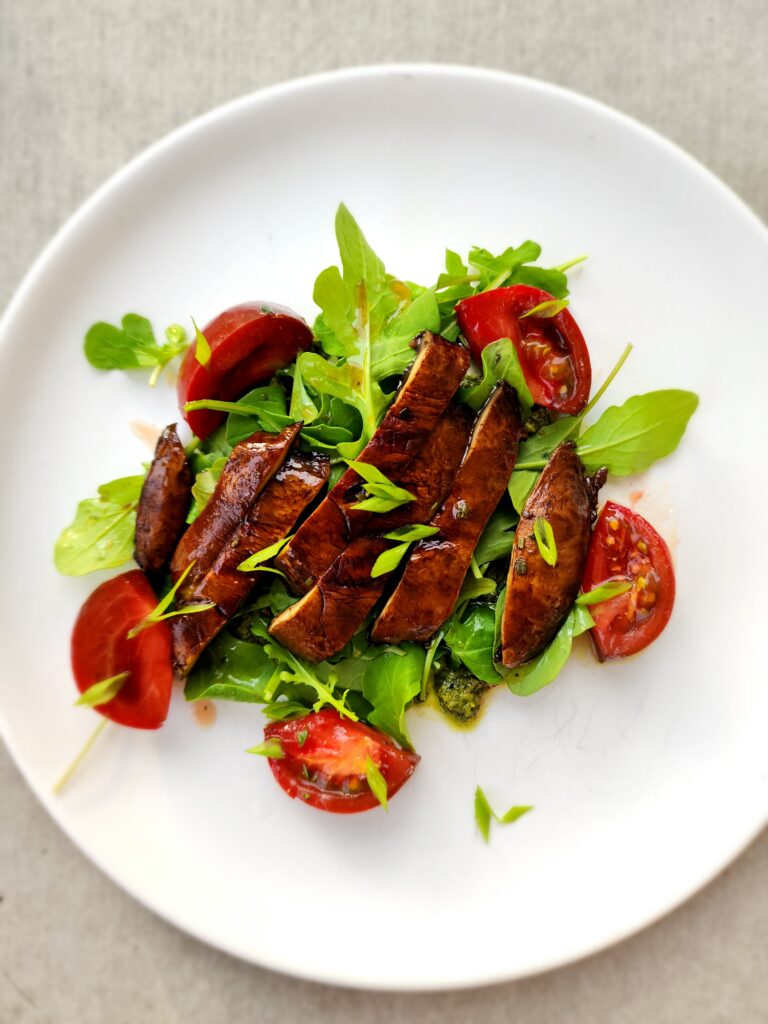
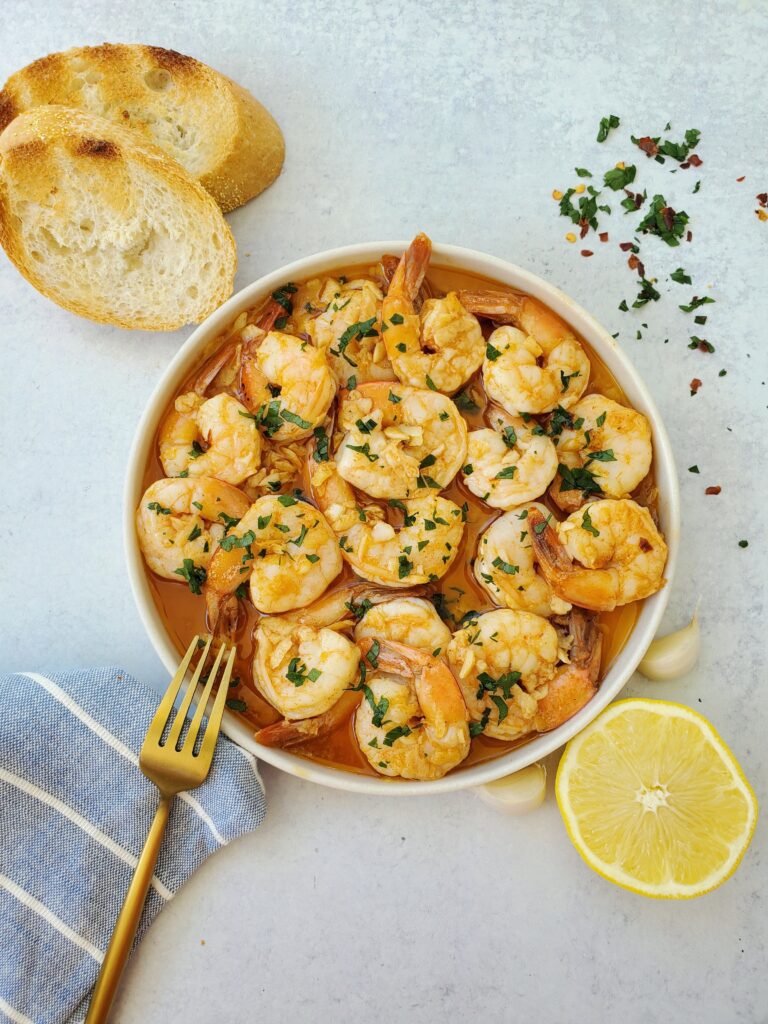
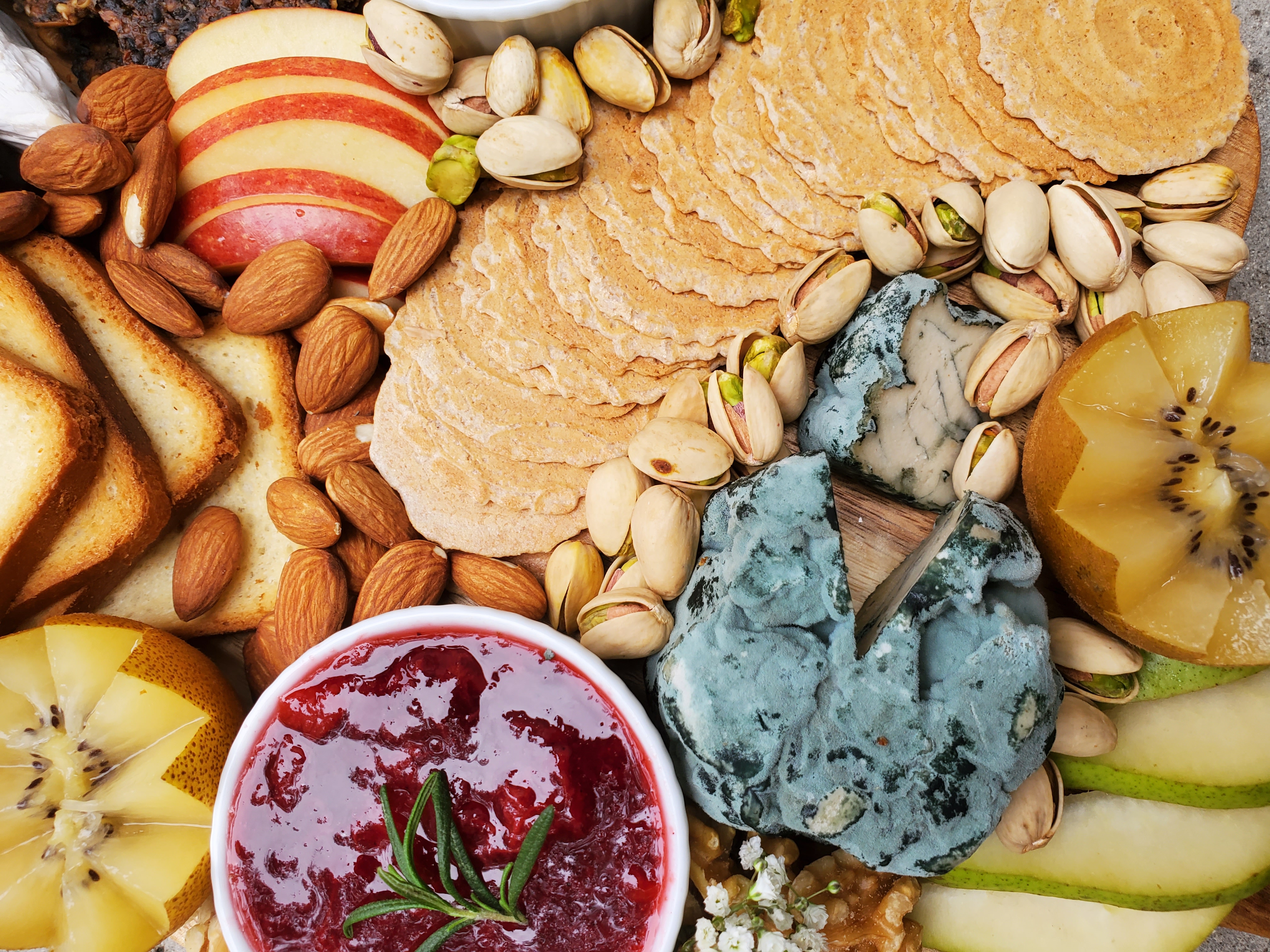
Consider what “Fuel For The Future ” means to you this National Nutrition Month®. Accept the challenge to not only create sustainable eating habits but also ways to help the environment. Lastly share below how you’re celebrating! Happy National Nutrition Month®!

